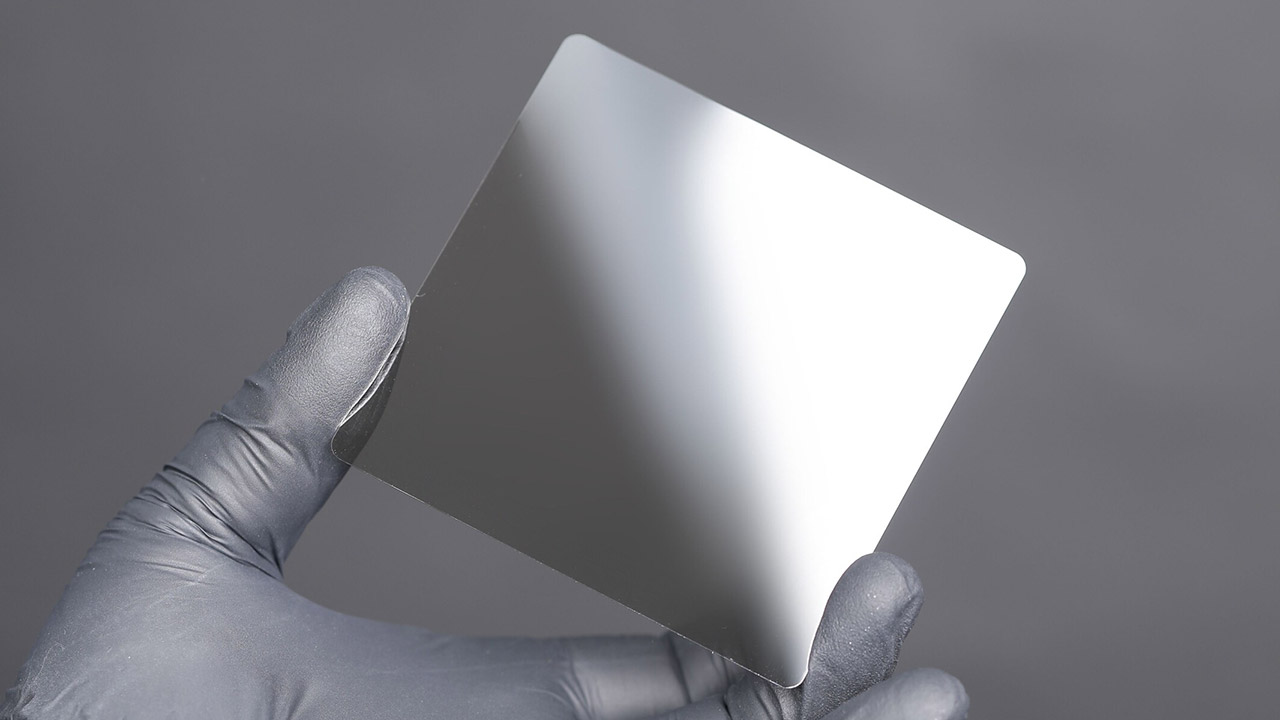
Data storage is the quiet giant of the tech world, the foundation of everything from cloud computing to archiving humanity’s digital history. Cerabyte, a German startup, is entering this space with a big plan: a storage system that can pack 100 petabytes—100 million gigabytes—into a single rack by 2030. That’s every movie, song and photo you can imagine and then some in a device no bigger than a fridge.
Cerabyte’s system is based on a simple but clever idea: use ultra-thin glass panels, 9×9 cm, coated with a ceramic layer just 50 to 100 atoms thick. A femtosecond laser etches nanodots into this ceramic, creating patterns like microscopic QR codes that store data. These glass tablets slide into cartridges and then robotic arms move them to reading stations to be decoded by cameras. It’s a mechanical ballet, combining precision optics with automation, designed to store data for centuries without a power cord in sight. Unlike hard drives or tapes that degrade, this ceramic-glass combo shrugs off heat, water and even electromagnetic pulses and promises data integrity for up to 5,000 years.
- Get NVMe solid state performance with up to 1050MB/s read and 1000MB/s write speeds in a portable, high-capacity drive(1) (Based on internal testing;...
- Up to 3-meter drop protection and IP65 water and dust resistance mean this tough drive can take a beating(3) (Previously rated for 2-meter drop...
- Use the handy carabiner loop to secure it to your belt loop or backpack for extra peace of mind.
By late 2025 or 2026 Cerabyte will have a pilot system that can store 1 petabyte per rack, with 100 MB/s data transfer and 90 seconds to access the first byte. That’s not fast—think of it like a librarian fetching a rare book—but it’s a starting point for archival storage where durability matters more than speed. Fast forward to 2029 or 2030 and Cerabyte expects to hit 100 petabytes per rack, with 2 GB/s transfer and 10 seconds to access the first byte.Cost is where Cerabyte’s vision gets even more interesting.

Today storing a petabyte for a month on traditional systems like magnetic tape costs around $7,000 to $8,000. Cerabyte aims to get that down to $6 to $8 per petabyte by 2030 and long term to $1 per terabyte—half the cost of tape. They claim this is because of the tech’s longevity: while tapes wear out in 7 to 15 years and require costly data migrations, Cerabyte’s glass tablets could last a century or more sitting idle without drawing power.
Sustainability is another angle Cerabyte is pushing. Data centers are energy hogs and archival storage accounts for about 2% of global CO2 emissions. Cerabyte’s system needs no power to maintain data once written so could cut that to 1.25% according to a white paper they co-authored with IBM and Fujifilm.
Cerabyte’s stress tests include dunking their glass tablets in boiling salt water and baking them in a pizza oven at 250°C and then pulling out the data unscathed. This durability could appeal to hyperscale operators like Google or Amazon who need to archive petabytes of data without babysitting fragile media.
[Source]










